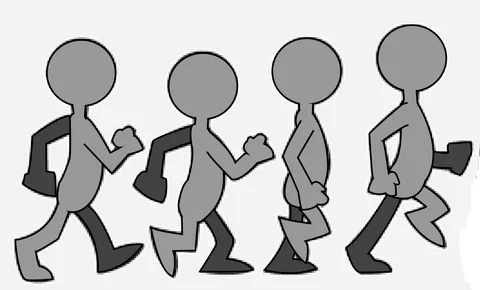The Art of Animation: A Journey Through Motion and Imagination

Animation has evolved from simple sketches to complex digital masterpieces, captivating audiences of all ages. This dynamic art form combines creativity, storytelling, and technology, resulting in a unique medium that can entertain, educate, and inspire.
A Brief History
The roots of animation can be traced back to ancient civilizations. Early examples include the drawings on cave walls that depicted motion and stories. The invention of the zoetrope in the 19th century allowed for the illusion of movement, paving the way for modern animation.
The first animated film, "Gertie the Dinosaur," created by Winsor McCay in 1914, showcased the potential of animation as a narrative medium. However, it was Walt Disney’s "Snow White and the Seven Dwarfs" in 1937 that established animation as a mainstream art form, combining stunning visuals with compelling storytelling.
Types of Animation
-
Traditional Animation: This classic method involves hand-drawing each frame. While labor-intensive, it allows for a unique artistic style. Films like "Snow White" and "Cinderella" exemplify this technique.
-
Stop Motion Animation: In this method, physical objects are moved in small increments and photographed frame by frame. This technique is evident in films like "The Nightmare Before Christmas" and "Coraline."
-
2D Animation: Using digital tools, artists create characters and backgrounds in a two-dimensional space. Shows like "Adventure Time" and classic animations like "The Lion King" showcase this style.
-
3D Animation: This technique involves creating characters and environments in a three-dimensional space, allowing for realistic movements and expressions. Pixar’s "Toy Story" revolutionized this field, offering a depth that traditional methods couldn't match.
-
Experimental Animation: This category includes a range of innovative techniques that defy traditional animation norms. Filmmakers often blend various styles and mediums to create unique experiences.
The Role of Technology
Advancements in technology have significantly impacted the animation industry. Software like Adobe Animate, Blender, and Autodesk Maya has streamlined the animation process, allowing artists to focus more on creativity and less on technical constraints. Moreover, virtual reality (VR) and augmented reality (AR) are opening new doors for immersive storytelling, creating interactive experiences that engage audiences in unprecedented ways.
The Impact of Animation
Animation is not just a form of entertainment; it is a powerful storytelling tool that can convey complex emotions and ideas. It transcends language barriers, making it accessible to global audiences. Animated films often tackle important social issues, educate, and foster empathy, as seen in works like "Inside Out," which explores emotions and mental health.
The Future of Animation
As the industry continues to evolve, the future of animation looks promising. With the rise of artificial intelligence and machine learning, animators are exploring new ways to enhance their craft. Collaborative projects between animators, filmmakers, and tech developers are pushing the boundaries of what’s possible.
The demand for animated content is also on the rise, driven by streaming platforms and social media. Short-form animations, often designed for mobile viewing, are becoming increasingly popular, catering to audiences with shorter attention spans.
Conclusion
Animation is a vibrant and versatile art form that has transformed the way we tell stories. Its ability to blend artistry with technology allows for endless possibilities, ensuring that it will continue to captivate and inspire future generations. Whether through a heartwarming tale, an exhilarating adventure, or an insightful exploration of the human experience, animation remains a testament to the power of creativity and imagination.
- Arts
- Business
- Computers
- Spiele
- Health
- Startseite
- Kids and Teens
- Geld
- News
- Recreation
- Reference
- Regional
- Science
- Shopping
- Society
- Sports
- Бизнес
- Деньги
- Дом
- Досуг
- Здоровье
- Игры
- Искусство
- Источники информации
- Компьютеры
- Наука
- Новости и СМИ
- Общество
- Покупки
- Спорт
- Страны и регионы
- World


